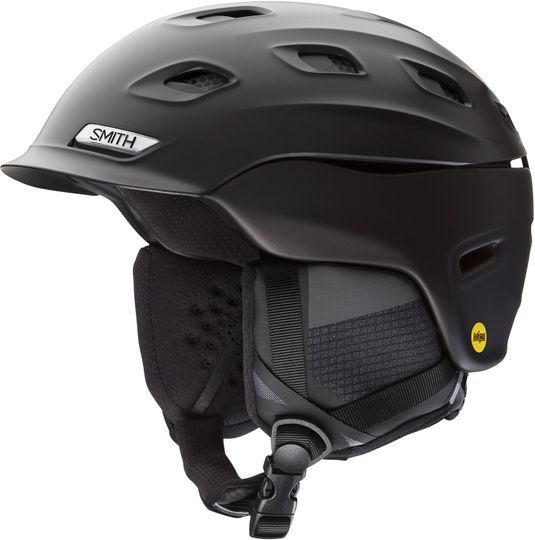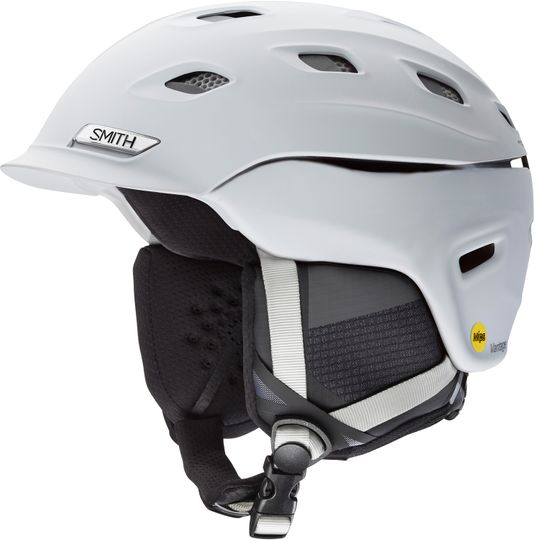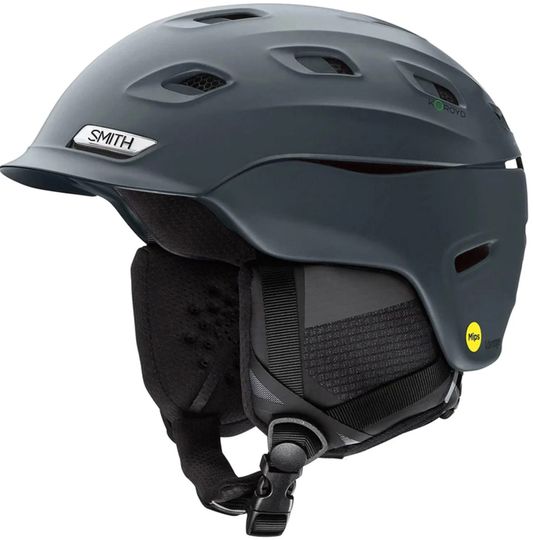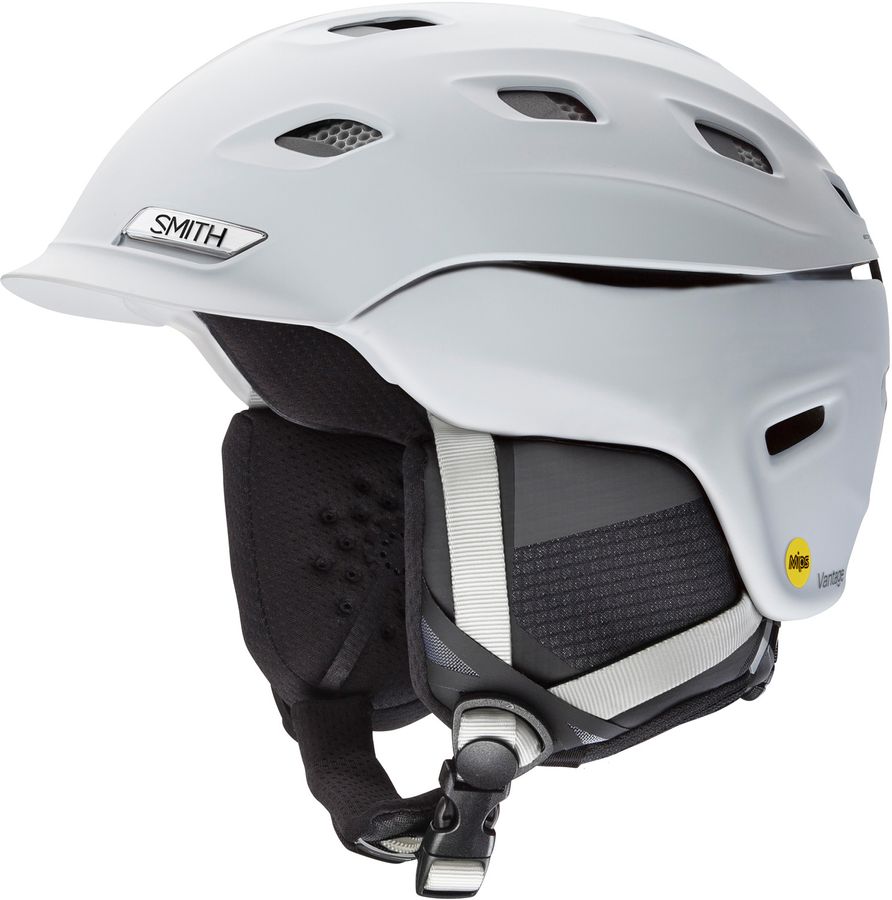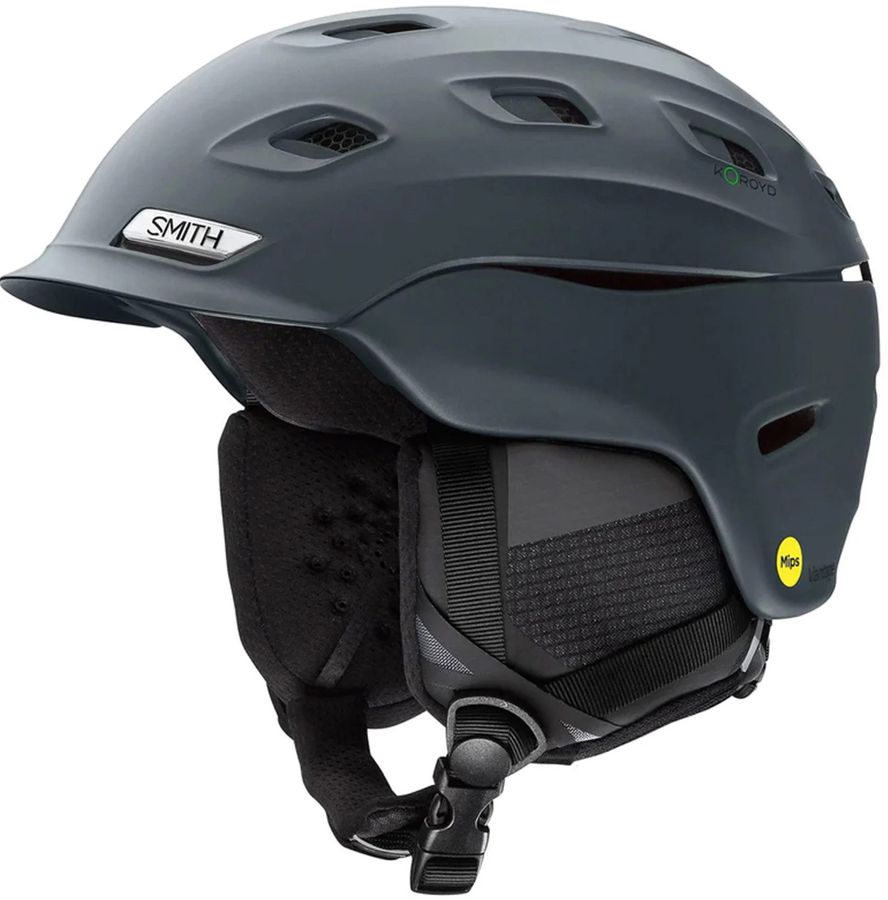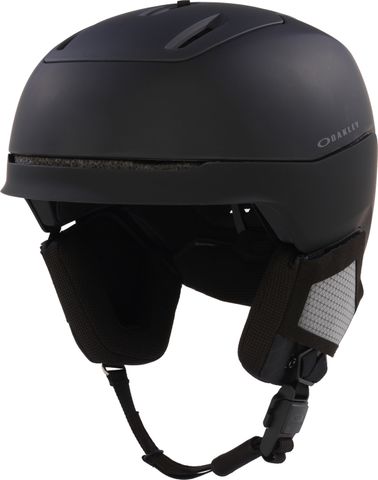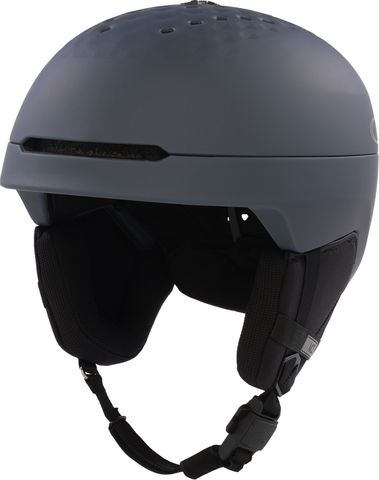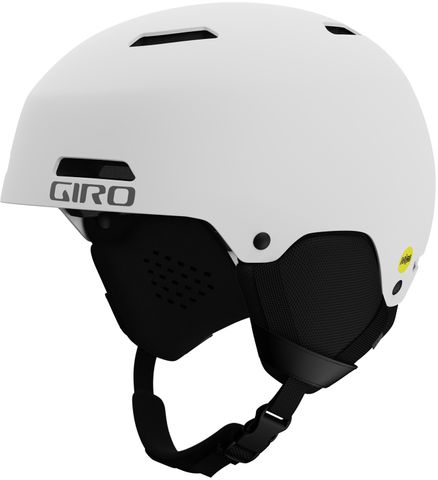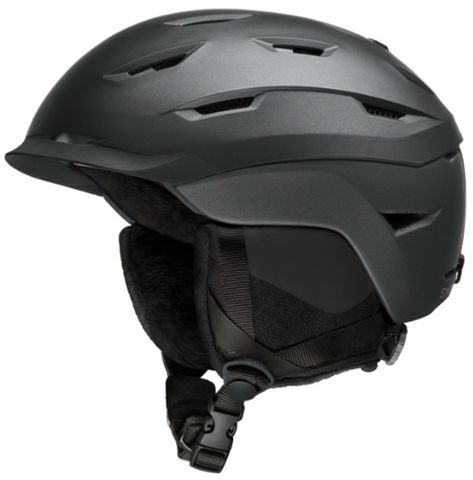Helmets for snow skiing and snowboarding are designed to provide protection to the head in case of impact or collision. They are an essential piece of safety equipment for anyone participating in these sports, as they can help prevent or reduce the severity of head injuries such as concussions or skull fractures. Snow skiing and snowboarding can be high-speed and high-impact activities, with many risks such as trees, rocks, other skiers, or snowboarders, and changing snow conditions. A helmet can protect the head from injury in case of a fall or impact and can also keep the head warm and dry in cold and snowy conditions. Modern snow sports helmets are designed to be lightweight, comfortable, and well-ventilated, with features such as adjustable fit systems, removable ear pads, and goggle compatibility. They come in a variety of styles and colours, so you can choose one that fits your personal style and preferences. Wearing a helmet is strongly recommended for all skiers and snowboarders, regardless of their level of experience or skill. It is a simple and effective way to reduce the risk of serious injury and enjoy the sport safely.
CONSTRUCTIONS:
- IN-MOLD: In-mold construction involves fusing an outer shell and an inner foam layer together. The outer shell is usually made of polycarbonate, which is a lightweight and durable material. The foam layer is typically made of EPS (Expanded Polystyrene) foam, which provides shock absorption. In-mold helmets are typically lighter in weight than hard shell helmets but are less durable when exposed to hard knocks.
- HARD-SHELL: Hard-shell helmets have a tough outer shell made of ABS plastic or polycarbonate, and a separate inner foam liner. The foam liner is usually made of EPS foam or a similar material and provides shock absorption. Hard-shell helmets are generally heavier and more durable than in-mold helmets, making them a good choice for more aggressive skiing and snowboarding.
- HYRBID: Some high-end helmets use a combination of both constructions. The lower part of the helmet is best suited to an in-mold construction as they are lightweight. while the top half of the helmet uses a hard-shell construction to provide durability against heavy knocks and impacts.
VENTILATION:
The vents on a snow helmet serve to regulate the temperature inside the helmet by allowing airflow. During physical activity, such as skiing or snowboarding, body heat can build up inside the helmet, causing discomfort and possibly even overheating. By opening the vents, air can flow through the helmet, carrying heat and moisture away from the head and reducing the risk of overheating. Additionally, in warmer weather, opening the vents can help keep the head cool and comfortable. Conversely, in colder weather, closing the vents can help retain heat and keep the head warm. Some snow helmets have adjustable vents, allowing the wearer to customize the amount of airflow based on their personal preference and the conditions of the day. Vents can also be closed during times of heavy snow or wind to prevent snow from entering the helmet.
MIPS:
MIPS (Multi-directional Impact Protection System) is a technology used in some snow helmets to provide additional protection against rotational forces that can occur during an impact. During a fall or crash, the head can experience rotational forces that can cause brain injury. MIPS technology is designed to reduce these rotational forces by allowing the helmet to slide slightly relative to the head upon impact. This sliding movement is achieved through a low-friction layer between the outer shell of the helmet and the liner. MIPS technology can be found in a range of snow helmets, from beginner to advanced models, and is often indicated by a MIPS logo or sticker on the helmet. While no helmet can eliminate the risk of injury, MIPS technology is one additional tool that can help reduce the risk of certain types of head injuries.
BOA OR ADJUSTABLE DIAL SYSTEMS:
BOA or adjustable dial systems in snow helmets are used to provide a customized and secure fit for the wearer. These systems typically consist of a dial or button that can be tightened or loosened to adjust the fit of the helmet around the head. When the dial or button is turned, it tightens a series of cables or bands that are integrated into the helmet's liner. This creates a snug, comfortable fit that can help prevent the helmet from shifting or moving around on the head, which can be especially important during high-speed activities like skiing or snowboarding. BOA and adjustable dial systems are popular because they allow for quick and easy adjustments on the fly, without the need for removing the helmet or adjusting pads. Additionally, they can provide a more precise and customizable fit compared to traditional sizing options.
Smith 2024 Vantage Mips Helmet



Description
When you're dedicated to skiing or riding all season long, little things make a big difference when it comes to comfort, safety, and durability. The Smith Vantage helmet is loaded with tech that makes a difference. Zonal Koroyd™ complements MIPS® for energy-absorbing impact protection to give you confidence while exploring in or out of bounds. The hybrid shell enhances day-to-day durability and includes a full 21 vents with dual adjustability that lets you fine-tune airflow to meet the conditions. As for fit, The Vantage uses the BOA® 360 Fit System for the ability to micro-adjust the size around your whole head with the turn of dial. Add the proven Smith AirEvac™ tech for a fog-free goggle interface, and you have a helmet to match your dedication.
Specifications
• Zonal Koroyd® coverage for lightweight, energy-absorbing and ventilated impact protection
• MIPS® Brain Protection System reduces rotational forces caused by angled impacts to the head
• Select colorways offered without MIPS® system
• Certification: ASTM F 2040, CE EN 1077:2007 CLASS B, CPSC, CE EN1078
• Designed for ultimate integration with Smith goggles for maximum comfort and venting
• AirEvac™ ventilation system integrates with Smith goggles for fog-free lenses
• BOA® 360 Fit System offers the most adjustable fit with the turn of a dial for on-the-fly micro-adjustability
• Available in Round Contour Fit to better match rounder head shapes
• Dual regulator climate control offers easy, one-handed front and rear vent adjustment
• 21 vents
• Removable Snapfit SL2 ear pads add warmth and are audio-chip compatible
• XT2® antimicrobial lining offers sweat-activated odor control
• Aleck™ audio systems compatible



